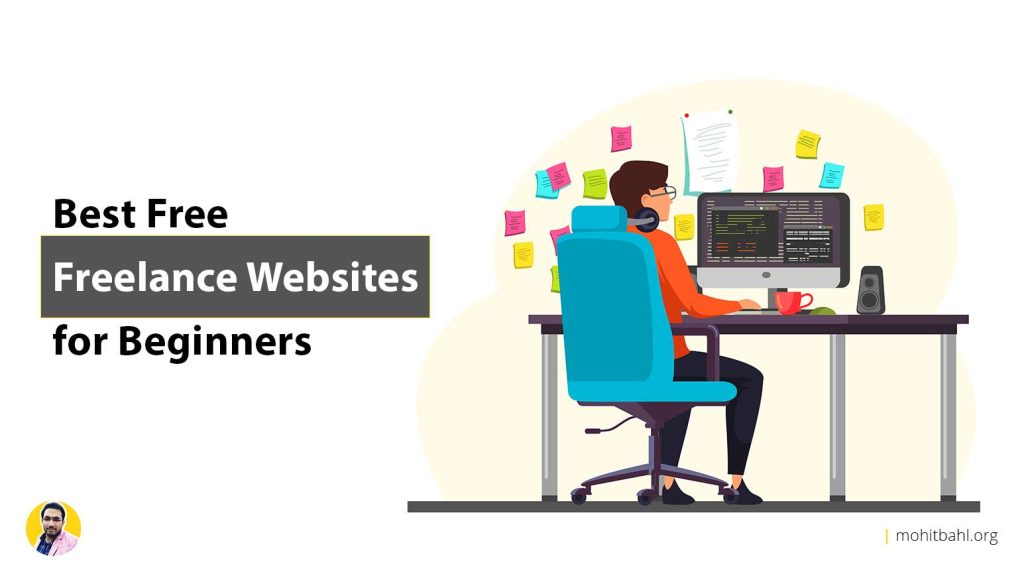Dropshipping is the method of selling a product without having the responsibility to carry stock or ship the product.
The product manufacturer is in charge of creating the product, keeping current orders, and shipping the goods to the customer.
As a dropshipper, your job is to manage an online store where you manage everything customer-related, from receiving orders to placing those orders with your supplier and maintaining customer service.
Benefits of Dropshipping


Let’s look at a few of the advantages of dropshipping to help you understand why and how to dropship on Amazon.
1. Hold no inventory
One of the most significant advantages of dropshipping is that the dropshipper does not require to carry inventory. This is superb because it reduces the risk of the dropshipper’s business strategy.
There is less work involved in the process because there is no stock to carry. There are also fewer overhead costs because there is no need to pay for a warehouse to store the stock.
2. Test products easily
Another significant advantage of dropshipping is the ease with which you can test products. Because you don’t have inventory, you can run product ads to analyse which items convert the best.
You can remove items from your store if they aren’t performing well. Aside from advertising, there is no cost for a low-performing item because you did not purchase stock.
If you want to buy inventory in the future, you’ll know which products sell well and how many of them you can easily sell.
3. Low start-up cost
Here are some examples of dropshipping’s low-cost business model:
- You only buy products when a customer orders them.
- There is no need for a warehouse for stock.
- You do not need to hire additional employees to manage product shipping.
- Your primary expenses will be the cost of goods, advertising, and the website.
How does dropshipping on Amazon work?


Amazon is one of the world’s largest ecommerce sites, with $280 billion in sales in 2019. You will be able to begin selling on Amazon once you have been authorized for an Amazon seller account.
Is dropshipping allowed on Amazon?
Dropshipping on Amazon (or permitting a third party to fulfill orders) is generally acceptable as long as you follow Amazon’s policies.
You must do the following:
- Be the record seller of your products.
- Identify that you are the seller of your goods on all packing slips and other data included or supplied with them.
- Prior to transporting the order, remove any packing slips, invoices, external packaging, or other information identifying a third-party drop shipper.
- Recognize and process product returns from customers
- Comply with all other terms of your seller agreement and applicable Amazon policies.
Examples of dropshipping that are not permitted:
- Buying products from another online retailer and having that retailer ship directly to customers
- Shipping orders with packing slips, invoices, or other information indicating a seller name or contact information other than your own.
Failure to meet these needs may result in the loss of your selling privileges.
Here is a diagram that teaches you the basics of dropshipping on Amazon (explained in further detail below):
- First, an Amazon customer buys the product you’ve described on Amazon.
- Second, once the transaction is complete and the funds are received, you buy the product directly from the supplier and provide them with the customer details.
- Finally, the supplier sends the product to the customer after receiving the purchaser’s information.
How does dropshipping compare to other methods of selling on Amazon?


Dropshipping is just one of many ways to get started on Amazon. Wholesaling and private label are two other famous — and debatably more profitable — procedures of selling products on Amazon.
Wholesaling is when you buy large quantities of goods from a supplier to resell to another seller or distribute as a retailer yourself, whereas a private label is when you manufacture your own products to sell on Amazon.
Dropshipping on Amazon, on the other hand, has a lot of advantages over wholesaling and private labels.
(a) Low start-up costs:
Dropshipping, unlike other famous e-commerce techniques such as private label and wholesaling, does not necessitate the ownership of your own inventory. Instead, when the customer pays you for the sale, you simply use a part of the revenue to buy the product from the supplier and have it shipped to your buyer.
(b) Fast to set up:
Dropshipping on Amazon is quick and simple to set up because you don’t have to own your own stock. After all, you aren’t waiting for your inventory to be manufactured and/or shipped to the fulfillment place. It’s all set to go. All you require is a sale!
(c) Fully automated business:
There are numerous apps and plugins available online that allow you to fully manage Amazon dropshipping. As a result, you can (almost) completely delegate your dropshipping business.
(d) Amazon allows dropshipping:
Dropshipping is “widely acceptable,” according to Amazon’s dropshipping policy. Simply ensure that you adhere to Amazon’s dropshipping policies.
(e) Easy to research:
Amazon dropshipping necessitates selling pre-existing products from manufacturers. As a result, you can use tools like Jungle Scout — an all-in-one portal for Amazon selling — to see how well other sellers of that specific product are performing on Amazon. This gives you a competitive advantage when starting your dropshipping e-commerce business.
What disadvantages are there to dropshipping on Amazon?
Naturally, as appealing as dropshipping sounds in terms of benefits, there are a few drawbacks to consider.
(a) Competition:
Because the entry barriers for dropshipping are so low, competition can be tough. Furthermore, while there is some chance of differentiation with the products you are selling, nothing prevents other Amazon sellers from selling similar products.
As a result, price is one of the few levers you have to drag to differentiate yourself from the competition, which can lead to a “race to the bottom.”
(b) Slow delivery times:
Dropshipped items on Amazon are frequently shipped from manufacturers and distributors. And those suppliers are frequently located elsewhere in the world.
As a result, shipping times from overseas suppliers can take several weeks (or even months!) to reach the end user.
(c) Lack of quality control:
You have no control over the quality of the product because it is shipped directly from the producer to the buyer.
When you accept that products may travel 10,000 miles or more to their end location, it’s easy to see how they could be damaged.
How to start dropshipping on Amazon:
Now that you know a little bit more about Amazon dropshipping and how it works, here’s how you can get started as a dropshipper.
Step 1: Set up an Amazon seller account


To sell on Amazon, you must first create an Amazon seller account. You can obtain one by visiting sellercentral.amazon.com. Amazon will give you two options for the type of account you can begin with: individual or professional.
Step 2: Find a high-demand/low-competition product


The next step is to find a product to sell on Amazon.
This can be accomplished by using a tool such as Jungle Scout’s Opportunity Finder to identify high-demand/low-competition product opportunities. And, while you may have your own standards for locating such products, I suggest starting with the following:
- 100-300 unit sales per month
- Set competition to “very low” to “low”
- Fix the average monthly price from $20-$35
- Set niche score to 7+
This should provide you with a large number of product options to choose from across all categories.
In addition, when first starting out, I suggest keeping things simple. Housewares, sports & outdoors, and patio, home, & garden are all excellent classifications for beginners because they require little maintenance.
Step 3: Check a site like Aliexpress to see if the product is available


Once you’ve come up with some product ideas, you’ll need to find a supplier.
Aliexpress is the most important link to dropshipping products. It’s a business-to-business website that connects e-commerce entrepreneurs with suppliers who want to dropship their products.
Simply enter the search terms for the product you want to sell, and a variety of goods will appear, just like on Amazon.
When you click on one, you’ll be taken to a page with more information.
The seller also provides a 60-day buyer protection guarantee on the product. (However, keep in mind that the delivery time is more than a month away!)
Step 4: Create an Amazon listing


You will require to establish an Amazon product listing once you have a product idea and a supplier to fulfill that product.
Go to Inventory > Add a product from your Seller Central account. When the Add a Product screen appears, click the Create a new product listing button.
To begin, you must select a product category. After that, you’ll need to fill out the data for the listing itself.
When deciding on a price for your dropshipped good or service, keep Amazon’s fees in mind. If you are a professional seller, you will be charged a referral fee ranging from 8 to 15%, depending on the type. Individual sellers must also pay an additional $1.00 per sale.
More information about Amazon’s fees by category can be found on their Selling on Amazon fee schedule.
Finally, when you’re ready, you can upload your listing and begin selling.
Five tips for success when dropshipping on Amazon. Still seems pretty straightforward, doesn’t it? That is due to the fact that it is! Creating a dropshipping business on Amazon is, of course, simple. However, success with dropshipping on Amazon necessitates a little more effort.






